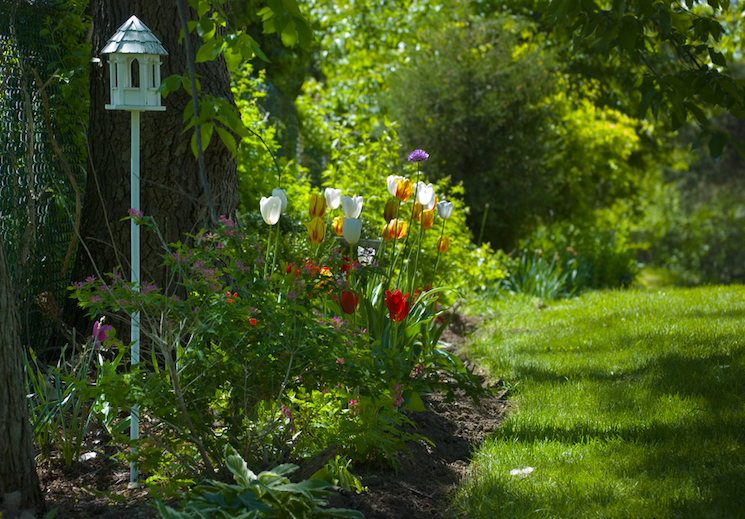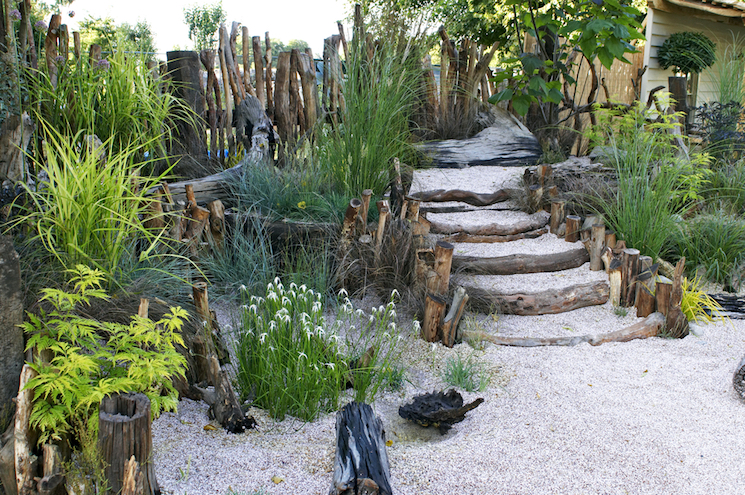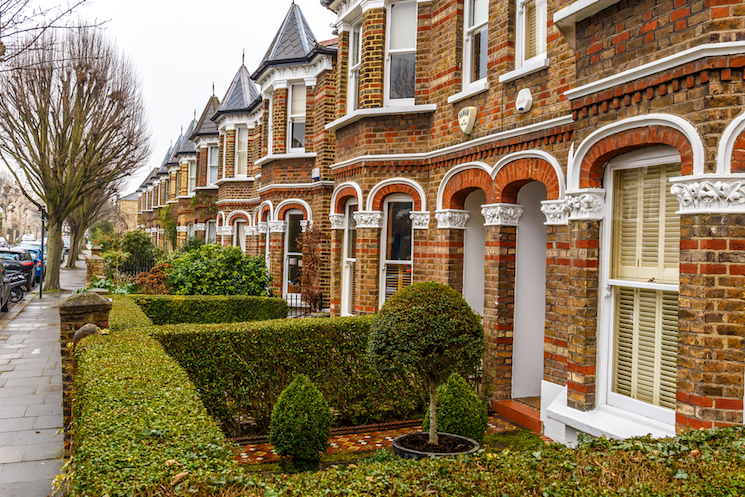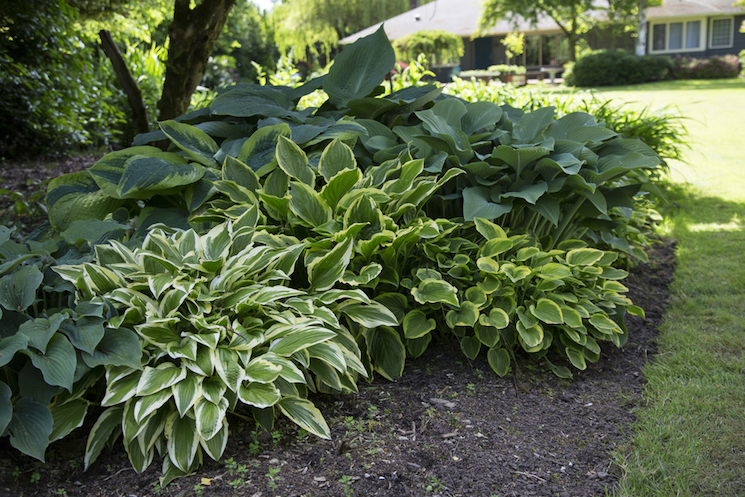- Flowers
Flower Bulbs Allium Bulbs Anemones Begonia Tubers Crocus Bulbs Daffodil Bulbs Dahlia Tubers Hyacinth Bulbs Lily Bulbs Tulip Bulbs Woodland Flower Bulbs Other Flower BulbsFlower Plants Annual Bedding Plants Children's Flower Plants Clematis Climbing Plants Cottage Garden Plants Exotic Plants Flowers For Cutting Plants Foliage Plants Greenhouse & Indoor Plants Ground Cover Plants Hanging Basket Plants Lavender PlantsHardy Geraniums Herbaceous Border Plants Heuchera Pansies and Violas Patio Plants Water Plants Window Box Plants Winter Bedding Plants Hydrangea Large impact plants Recommended By Our Experts
- Fruit & Vegetables
- Trees, Shrubs & Ornamentals
- House Plants
- Tool Shed
Garden Tools & Equipment Barrows and Trolleys Garden Solutions Harvesting Plant Supports Seed Sowing Tree Stakes Water Butts Weed Control Hand Tools Secateurs, Snips and Pruners WorkshopGarden Irrigation & Watering Irrigation Kits Water Butts Hoses & Sprays Miscellaneous Fertilisers Plant Pots Hanging Baskets Plant Protection Garden Compost All Compost
- Outdoor Living
Garden Living Barbecues & Firepits Garden Storage Solar Lights & Lighting Fixtures & Ornaments Awnings Sail Shades Garden Clocks Landscaping Lawn Edging PavingPatio Heaters Gas Patio Heaters Electric Patio Heaters Fire Pits, Chimeneas, Fire Baskets Wallmounted/Ceiling Patio Heaters Freestanding/Table Top Patio Heaters Water Features Solar Powered Water Features Mains Powered Water Features Indoor Water Features Outdoor Water FeaturesGarden Furniture Rattan Furniture Parasols Garden Benches Dining Sets Loungers Wooden Furniture Party Tents & Gazebos
- Wild Birds
- Gardening Info
- Special Offers
- • If trees are blocking the light in your garden, remove the bottom layer of branches to raise the canopy.
- • Paint walls, fences and sheds in light colours to instantly brighten up an area. Use pale stone, gravel or paving slabs to reflect light.
- • Choose plants with pale flowers which ‘glow’ in the darkness.
- • Use texture to make the border stand out. Using different leaf shapes and grasses among more floriferous plants is an eye-catching combination.
- • Look for plants that naturally grow in a woodland environment.
-
Quick Links:
Join Our Gardening ClubVan Meuwen Gardening Club
Become a Member
Join our Gardening Club to unlock exciting perks and discounts!
JUST £10 for one year's membership
10% OFF EVERY order placed online £20 worth of Van Meuwen Vouchers Exclusive members only deals Join NowPlants for shade

Not all plants need bright sunshine to thrive.
Image: toseSome of the most challenging areas of a garden are those that have been cast into shade by buildings or trees. Shaded areas are often cool and, coupled with very damp or very dry soil, can be difficult places for some plants to thrive.
If your outside space is darker than you’d like, don’t despair. There are lots of ways to improve the growing environment, and plenty of shade-loving plants and woodland flower bulbs that are happy to grow away from the glare of the hot sun.Top tips for a shady garden

White gravel reflects the light and makes a bright backdrop for shade-loving plants.
Image: Del Boy
Dry shade

These north-facing front gardens in London use box hedging to add colour.
Image: Alexey FedorenkoCommon in urban environments, dry shade can be created by walls, fences or trees. Walls and fences facing away from the wind create a rain shadow, resulting in dry soil at their base. Big trees can also create dry shade, with the leaf canopy preventing rain reaching the ground, and shallow roots sucking further moisture out of the soil. These problems can be made worse if your soil is sandy and free-draining, or chalky and shallow.
To help alleviate dry soil, dig in plenty of well-rotted manure or compost prior to planting, during the spring or autumn. Mulching around the base of your plants when the soil is already damp from rainfall can also help. Mulches such as organic matter, bark chips, decorative stones or landscape fabric can really help prevent the water evaporating when it’s hot and dry.Damp shade

The cool and moist area under this tree is ideal for hostas.
Image: Jacqueline KloseDamp shade areas are cool, moist environments in which large-leaved plants such as ferns and Hostas thrive. In your garden you may find these conditions near a water source, if you have a high water table, or if you have heavy clay soil overshadowed by trees or buildings.
Most plants suitable for damp shade originate from woodland habitats so require a moist but well-drained soil which is rich in organic matter. If possible try to improve your soil with lots of well-rotted manure or compost, prior to planting. Organic matter applied over time is much more effective at improving soil structure than digging in grit or sand. If you have very wet soil which is poorly drained and difficult to rectify, then it may be best to think about creating a bog garden.Best plants for shade
Here’s our pick of the climbing, flowering, hedging, and all-round top-performing plants that are suitable for darker areas of your garden. We’ve divided the lists into those that prefer dry and those that prefer damp conditions.
Shrubs for shade
Dry shade Damp shade Daphne laureola and Daphne pontica Buxus sempervirens(Common Box) Eleagnus x ebbingei (Oleaster) Camellia Mahonia aquifolium Gardenia Osmanthus delavayi Hydrangea Sarcococca (Sweet Box) Ruscus aculeatus (Butcher’s broom) Symphoricarpos (Snowberry) Sarcococca (Sweet Box) Viburnum Skimmia japonica Perennial plants for shade
Dry shade Damp shade Alchemilla mollis (Lady's Mantle) Anemone x hybrida Bergenia (Elephant's Ears) Astilbe (False Goat's Beard) Brunnera macrophylla (Siberian Bugloss) Astrantia (Hattie's Pincushion) Dryopteris filix-mas (Male Fern) Bergenia (Elephant's Ears) Epimedium (Barrenwort) Geranium sylvaticum (Wood Cranesbill) Euphorbia amygdaloides (Wood Spurge) Hellebore Geranium nodosum and Geranium phaeum (Cranesbill) Hosta (Plantain Lily) Lamprocapnos (Bleeding Heart) Lamium (Deadnettle) Luzula nivea (Snowy Woodrush) Lily of the Valley (Convallaria) Thalictrum (Meadow Rue) Tricyrtis (Japanese Toad Lily) Climbers for shade
Dry shade Damp shade Cotoneaster horizontalis Akebia quinata Euonymus fortunei (Winter Creeper) Hedera helix (Ivy) Parthenocissus tricuspidata (Virginia Creeper) Hydrangea petiolaris (Climbing Hydrangea) Pyracantha (Firethorn) Pileostegia viburnoides Bulbs for shade
Dry shade Damp shade Anemone nemorosa (Windflower) Cardiocrinum (Giant Lily) Bluebell (Hyacinthoides non-scripta) Erythronium (Dog's-tooth Violet) Cyclamen hederifolium, Cyclamen coum Snowdrop (Galanthus nivalis) Snowdrop (Galanthus nivalis) Winter Aconite Biennials and annuals for shade
Dry shade Damp shade Begonia Impatiens (Busy Lizzie) Digitalis purpurea (Foxglove) Mimulus Honesty (Lunaria annua) Primula (Polyanthus group) Viola x wittrockiana (Pansy) 
Although shade is often seen as a problem in gardens, there are many plants that will happily grow in dry shady places. Like this beautiful Viburnum shrub.

Large-leaved, perennial plants such as Hosta and ferns grow well in a moist, shady environment.

Euonymus is a low maintenance, evergreen climber which is ideal for adding some winter colour to your walls and fences.

Thriving in shade, Begonias make for an eye-catching display for your patios and containers.
Sign up to the Van Meuwen Gardener's Club for Special Offers
Delivery Information Privacy Policy Cookies Terms of Business Affiliate Programme Planting & Cultural Advice Contact Us© 2025 Van Meuwen. All rights reserved. A division of Branded Garden Products Limited.
- House Plants
